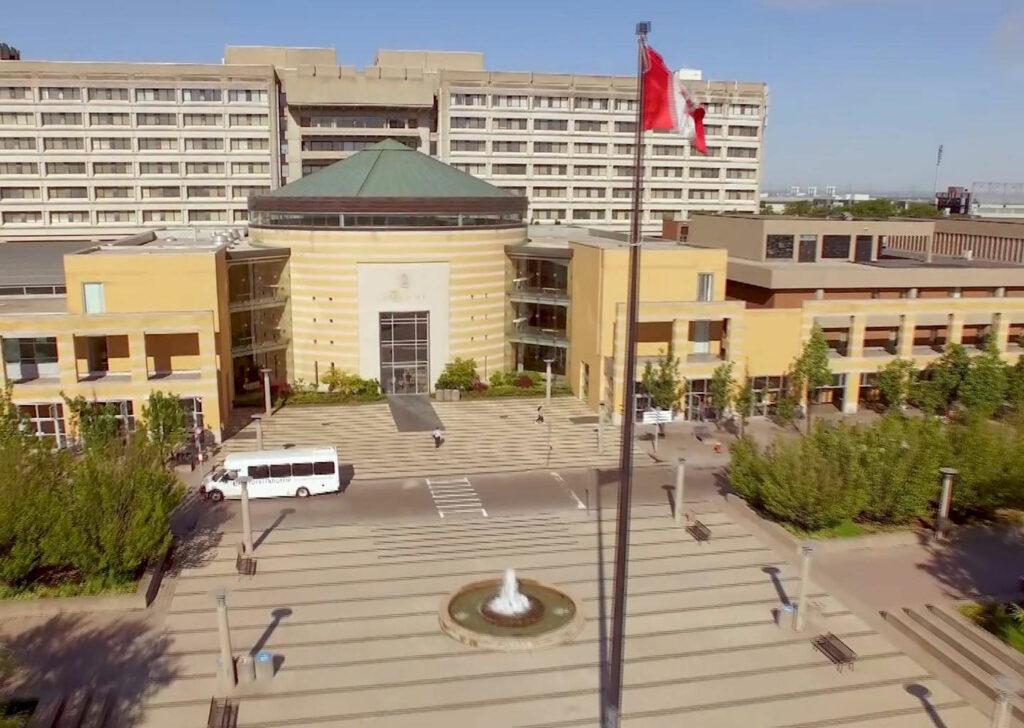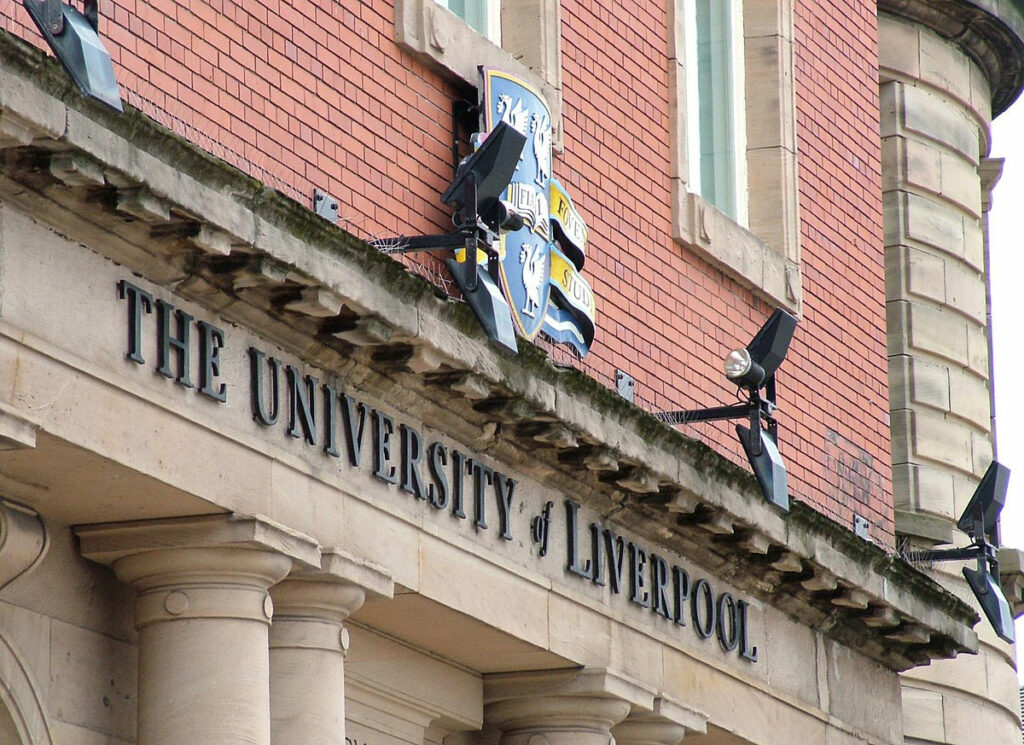Actualités sur les expériences exceptionnelles
> Représentations visuelles dans Current Biology

> Représentations visuelles dans Current Biology
Un article à paraître dans la revue Current Biology propose une méthode d’investigation comportementale et électrophysiologique des représentations internes qui pourraient être à l’origine des phénomènes de paréidolie.
Résumé de l’article :
The study of internal knowledge representations is a cornerstone of the research agenda in the interdisciplinary study of cognition. An influential proposal assumes that the brain uses its internal knowledge of the external world to constrain, in a top-down manner, high-dimensional sensory data into a lower-dimensional representation that enables perceptual decisions and other higher-level cognitive functions […]. This proposal relies on a precise formulation of the observer-specific internal knowledge (i.e., the internal representations, or models) that guides reduction of the high-dimensional retinal input onto a low-dimensional code. Here, we directly revealed the content of subjective internal representations by instructing five observers to detect a face in the presence of only white noise, to force a pure top-down, knowledge-based task. We used reverse correlation methods to visualize each observer’s internal representation that supports detection of an illusory face. Using reverse correlation again, this time applied to observers’ electroencephalogram activity, we established where and when in the brain specific internal knowledge conceptually interprets the input white noise as a face. We show that internal representations can be reconstructed experimentally from behavioral and brain data, and that their content drives neural activity first over frontal and then over occipitotemporal cortex.
Référence de l’article :
Smith et al., Measuring Internal Representations from Behavioral and Brain Data, Current Biology (2012), doi:10.1016/j.cub.2011.11.061
Image : Dave Pearson
 https://www.circee.org/wp-content/uploads/2023/03/Universite-de-York.jpg
1024
1440
admin9302
https://www.circee.org/wp-content/uploads/2023/03/LOGO-CIRCEE-750px.png
admin93022009-11-07 11:58:212009-11-07 11:58:21Congrès sur les expériences exceptionnelles à l’Université de York
https://www.circee.org/wp-content/uploads/2023/03/Universite-de-York.jpg
1024
1440
admin9302
https://www.circee.org/wp-content/uploads/2023/03/LOGO-CIRCEE-750px.png
admin93022009-11-07 11:58:212009-11-07 11:58:21Congrès sur les expériences exceptionnelles à l’Université de York https://www.circee.org/wp-content/uploads/2023/03/University_of_Liverpool_Building.jpg
873
1200
admin9302
https://www.circee.org/wp-content/uploads/2023/03/LOGO-CIRCEE-750px.png
admin93022009-11-01 12:02:432009-11-01 12:02:43Premier congrès sur les expériences exceptionnelles à l’Université de Liverpool
https://www.circee.org/wp-content/uploads/2023/03/University_of_Liverpool_Building.jpg
873
1200
admin9302
https://www.circee.org/wp-content/uploads/2023/03/LOGO-CIRCEE-750px.png
admin93022009-11-01 12:02:432009-11-01 12:02:43Premier congrès sur les expériences exceptionnelles à l’Université de Liverpool